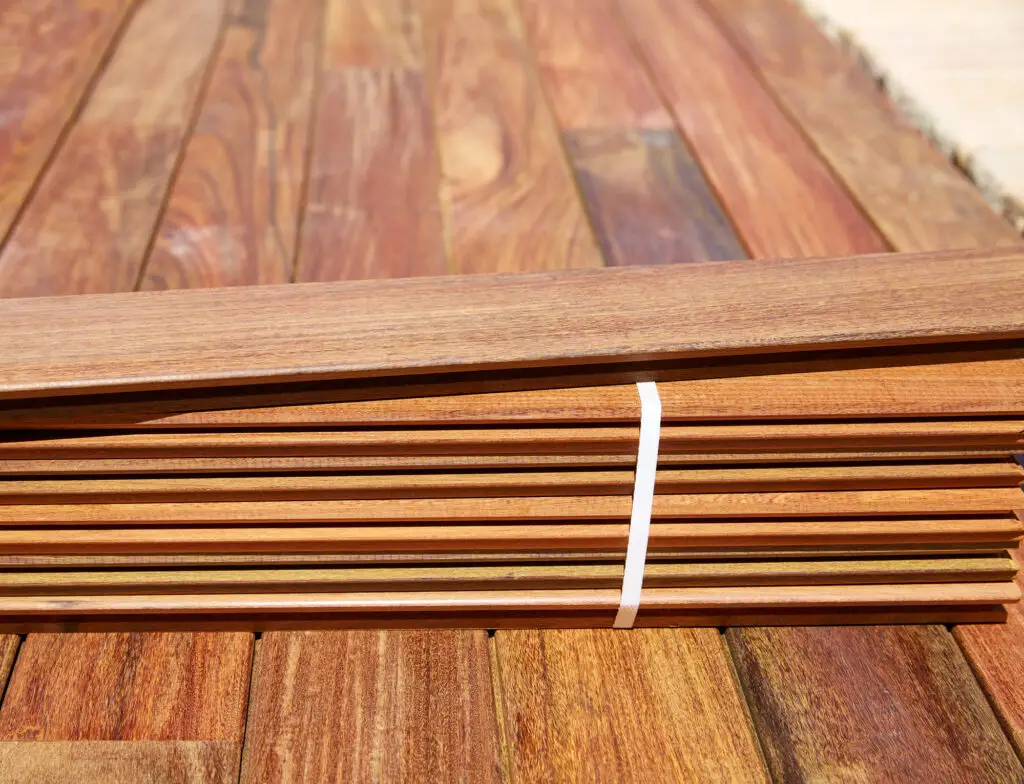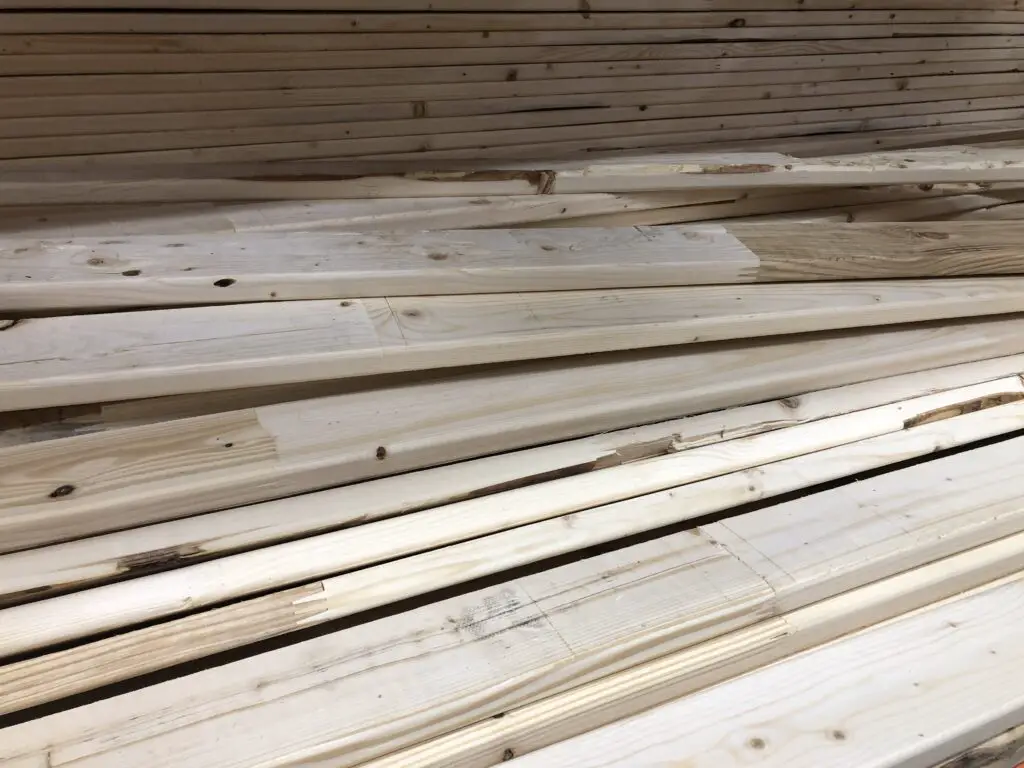As a woodworker, you already know just how many different species of wood are available to you for your projects. And there are probably a lot of different types of wood that you would like to work with. However, some are nervous of trying a new type of wood because they don’t know how to finish it.
If you are ready to start working with Douglas Fir, but you aren’t sure exactly how to finish it once your project is complete, then you are in the right place!
Douglas fir is a very easy wood to finish as it is complemented by a large variety of finishing processes. Stains, clear coats, and burning all work well with Douglas Fir!
What is the Best Stain for Douglas Fir
When it comes to stain, your best bet for Douglas Fir is a gel. Due to the gel’s thickness and slow absorption rate, you can get a more even coating before it sinks to deeply into the wood. Instead of a pigment-based stain, you will want to try a dye-based one. This will allow the natural wood patterns in the grain to show through.
Use a lint-free cloth or a soft sponge when applying your pigment-based gel stain and work with the grain, not across it. You will want to take care to not overlap your pattern stripes or you will get an uneven finish.
Allow the stain to sit on the Douglas Fir for 3-4 minutes before wiping off the excess with a clean cloth. Then, you will want to allow at least six hours (eight would be better) of drying time before adding subsequent coats.
Best Oil Finish for Douglas Fir
For a finish that allows the natural colors of the wood to shine through, Danish oil or teak oil would both be great choices.
Danish oil is a wood finisher that cures to a satin sheen, but it can darken the color of the wood a little bit. Since it resists liquids well, it should offer a decent amount of protection for your workpiece.
Teak oil will give your workpiece a low sheen, and it also protects against moisture.
Both are easy to apply, so your personal preference will probably be the deciding factor in which oil you decide to use.
Burn Finish for Douglas Fir
Shou Sugi Ban or Japanese wood burning is another way that you can finish your Douglas Fir. This technique dates back to the 1700s, and it was a way for Japanese woodworkers to make driftwood durable enough to use in their workpieces.
The process was originally used on Japanese Cedar, but as it has gained popularity outside Japan other woods have been finished in this style. Douglas Fir, Southern Cypress, and Western Red Cedar are all good candidates for Shou Sugi Ban.
Many people like the unique look that it gives the Douglas Fir. Plus, you get a durable finish in an environmentally-safe manner. However, since Douglas Fir is a soft wood, you will not be able to use Japanese wood burning as the only finishing method if you want to put your workpieces outside. You will also need to seal the wood.
How to Treat Douglas Fir
Fortunately, Douglas Fir is a naturally resilient wood. With a proper sealing, your workpiece should last for years to come. To treat your Douglas Fir, first you will want to sand the surface of your wood smooth using a 180 grit sandpaper. It is best to follow the grain.
Once your workpiece is silky smooth, then you can apply an exterior wood sealer. Make sure you check the instructions for the dry time of your particular sealer as they can vary.
Douglas Fir also takes paint extremely well. If you don’t mind covering up the natural grain of the wood, then you can apply a paint after sanding. Since Douglas Fir sands so smooth, it looks great with even a high-gloss application.
Is Douglas Fir Good for Exterior Use
Douglas Fir is an excellent choice for your exterior projects! It looks great, and its natural durability keeps it resistant to insects and rot. Many people use it for their porches and decks.
Dimensionally stable, Douglas Fir has very few knots. This makes its response to moisture very even, which keeps it from warping or buckling. Insects, decay, and rot also don’t seem to be much of a problem for this excellent wood. In fact, even untreated Douglas Fir can last several years outdoors!
When properly treated with a paint, stain, or other finish, your exterior Douglas Fir project can last 30 years or more.

